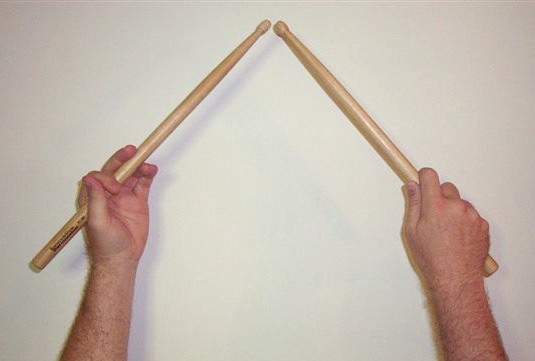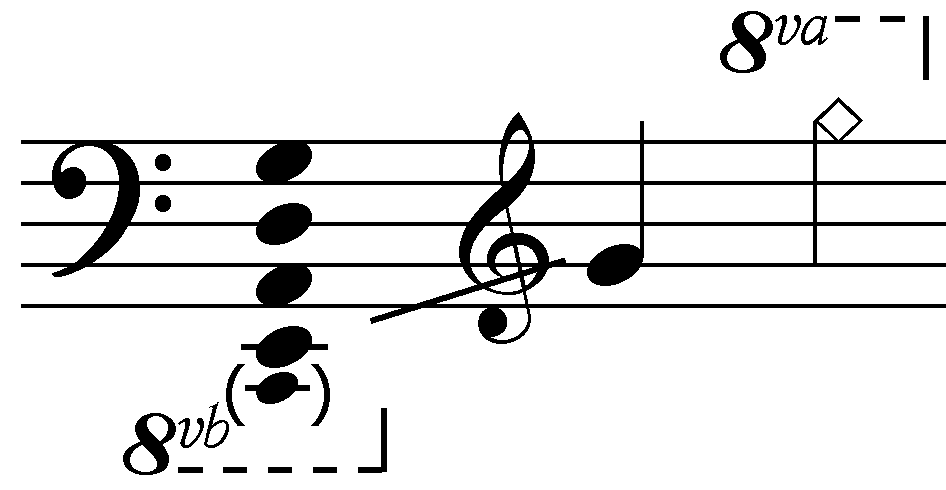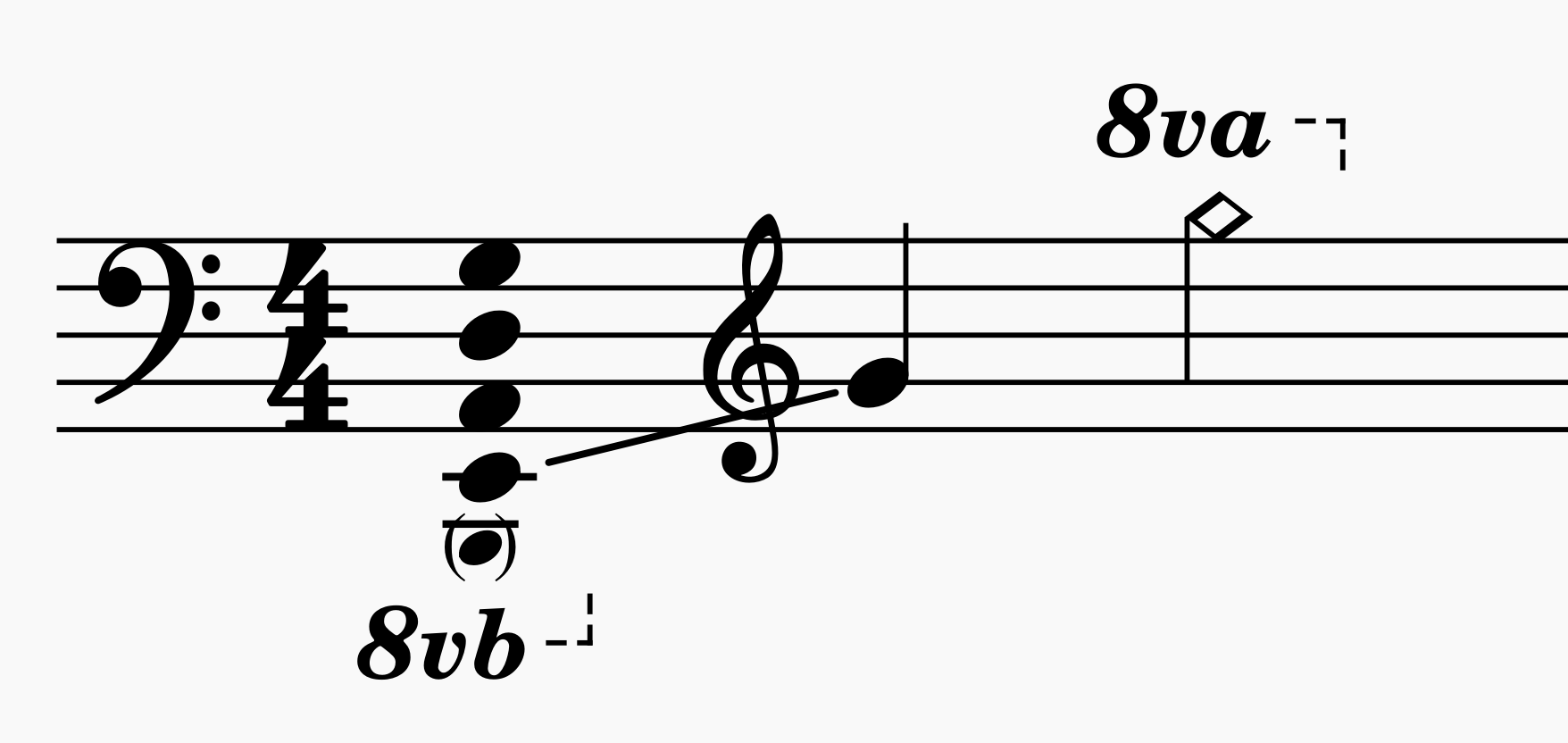|
Trombone Four-in-Hand
''Trombone Four-in-Hand'' is an album by trombonist Dicky Wells which was recorded in 1959 and released on the Felsted label. Retrieved July 6, 2017 Reception Ken Dryden of states: "Dicky Wells is one of the most important swing trombonists, though he is better known for his work as a sideman than as a leader. But when he got the occasional opportunity to lead a record date, which was all too infrequent, he made the most of it. ... Spirited solos and tight horn ensembles are common features throughout most of the session".Track listing All compositions by Dicky Wells except where noted. # " |
Dicky Wells
William Wells (June 10, 1907 – November 12, 1985), known professionally as Dicky Wells (sometimes Dickie Wells), was an American jazz trombonist. Career Dickie Wells is believed to have been born on June 10, 1907 in Centerville, Tennessee, United States. His brother was trombonist Henry Wells. He moved to New York City in 1926, and became a member of the Lloyd Scott band. He played with Count Basie between 1938–1945 and 1947–1950. He also played with Cecil Scott, Spike Hughes, Fletcher Henderson, Benny Carter, Teddy Hill, Jimmy Rushing, Buck Clayton and Ray Charles. In the middle years of the 1960s, Wells toured and performed extensively, and the onset of alcoholism caused him personal problems which led to his semi-retirement. Publication of his autobiography in 1973 helped to steer Wells back to his profession. In his later years, Wells suffered a severe beating during a mugging that affected his memory, but he recovered and continued to perform. He played frequently ... [...More Info...] [...Related Items...] OR: [Wikipedia] [Google] [Baidu] |
Skip Hall (musician)
Archie "Skip" Hall (September 27, 1909, Portsmouth, Virginia - November 1980, Ottawa) was an American jazz arranger, pianist, and organist. Hall studied piano under his father and lived in New York from age eight. In the late 1920s he relocated to Cleveland, where he led his own band for most of the 1930s and worked as an arranger on contract. He arranged for Jay McShann from 1940 to 1944 and played with Don Redman during World War II; in 1943 he entered military service and played in a band while stationed in England. He worked with Hot Lips Page around the year 1945 and then joined the band of Sy Oliver, who was his brother-in-law. Following this he worked with Wynonie Harris, Thelma Houston, and Jimmy Rushing before joining Buddy Tate's group in 1948; he would work with Tate for twenty years both as a performer and arranger. He also played in the 1950s and 1960s with Dicky Wells, Emmett Berry, and George James, as well as solo and with his own small groups. Discography * Bennie ... [...More Info...] [...Related Items...] OR: [Wikipedia] [Google] [Baidu] |
Dicky Wells Albums
Dicky, Dickey, Dickie, or plurals thereof may refer to: Clothing: * Dickey (garment), a type of false shirt-front * Dickies, a brand of clothing People: * Dicky (name), a list of persons with the given name or nickname * Dickey (name), a list of persons with the surname, nickname or given name * Dickie (name), a list of persons with the nickname, surname or given name * Dickie Valentine, stage name of English pop singer Richard Maxwell (1929-1971) Places: * Dickey, Georgia, an unincorporated community * Dickeys, Illinois, an unincorporated community * Dickey County, North Dakota * Dickey, North Dakota, a city in LaMoure County * Dickey River, Washington state * Dickey Glacier, Ross Dependency, Antarctica Other uses: * USS ''Dicky'' (SP-231), a boat * The Dickies, a musical group * Dickey's Barbecue Pit, a US restaurant chain. * Trunk (car), a storage space in a car, called a dickie or dicky in Southeast Asia See also * Dicky, dickie, or dickey seat, a rumble seat in British En ... [...More Info...] [...Related Items...] OR: [Wikipedia] [Google] [Baidu] |
Drum Kit
A drum kit (also called a drum set, trap set, or simply drums) is a collection of drums, cymbals, and other auxiliary percussion instruments set up to be played by one person. The player (drummer) typically holds a pair of matching drumsticks, one in each hand, and uses their feet to operate a foot-controlled hi-hat and bass drum pedal. A standard kit may contain: * A snare drum, mounted on a stand * A bass drum, played with a beater moved by a foot-operated pedal * One or more tom-toms, including rack toms and/or floor toms * One or more cymbals, including a ride cymbal and crash cymbal * Hi-hat cymbals, a pair of cymbals that can be manipulated by a foot-operated pedal The drum kit is a part of the standard rhythm section and is used in many types of popular and traditional music styles, ranging from rock and pop to blues and jazz. __TOC__ History Early development Before the development of the drum set, drums and cymbals used in military and orchestral mu ... [...More Info...] [...Related Items...] OR: [Wikipedia] [Google] [Baidu] |
Herbie Lovelle
Herbie Lovelle (1 June 1924 - April 8, 2009) was an American drummer, who played jazz, R&B, rock, and folk. He was also a studio musician and an actor. Lovelle's uncle was the drummer Arthur Herbert. Lovelle began his career with the trumpeter, singer and band leader Hot Lips Page in the late 1940s, then played in the 1950s with the saxophonist Hal Singer, Johnny Moore's Three Blazers and the pianist Earl Hines. Through working for both Lucky Thompson and Jimmy Rushing of Count Basie's Orchestra, he became house drummer at the Savoy Ballroom in New York City for much of the 1950s. He toured with the tenor saxophonist Arnett Cobb and the pianist Teddy Wilson in 1954. In 1959 he contributed to the pianist Paul Curry's album ''Paul Curry Presents the Friends of Fats'', released on the Golden Crest label. In the early years of television, he performed with the King Guion Orchestra on the Jerry Lester Show and the Ed Sullivan Show. In 1966, he was the lead drummer for the Samm ... [...More Info...] [...Related Items...] OR: [Wikipedia] [Google] [Baidu] |
Double Bass
The double bass (), also known simply as the bass () (or #Terminology, by other names), is the largest and lowest-pitched Bow (music), bowed (or plucked) string instrument in the modern orchestra, symphony orchestra (excluding unorthodox additions such as the octobass). Similar in structure to the cello, it has four, although occasionally five, strings. The bass is a standard member of the orchestra's string section, along with violins, viola, and cello, ''The Orchestra: A User's Manual'' , Andrew Hugill with the Philharmonia Orchestra as well as the concert band, and is featured in Double bass concerto, concertos, solo, and chamber music in European classical music, Western classical music.Alfred Planyavsky [...More Info...] [...Related Items...] OR: [Wikipedia] [Google] [Baidu] |
Major Holley
Major "Mule" Holley Jr. (July 10, 1924 – October 25, 1990) was an American jazz upright bassist. Biography Holley was born in Detroit, Michigan, United States. He attended the prestigious Cass Technical High School in Detroit. Holley played violin and tuba when young. He started playing bass while serving in the Navy, playing in the Ships Company A Band at Camp Robert Smalls, which was led by Leonard Bowden and included Clark Terry, and several other musicians recruited from civilian dance bands.Floyd, Samuel A. “An Oral History: The Great Lakes Experience,” in ''The Black Experience in Music'' 11.1: (Spring 1983): pp. 41-61. In the latter half of the 1940s, he played with Dexter Gordon, Charlie Parker, and Ella Fitzgerald; in 1950 he and Oscar Peterson recorded duets, and he also played with Peterson and Charlie Smith as a trio. He was married to Minnie Walton (born Millicent Aitcheson). In the mid-1950s, he moved to England and worked at the BBC. Upon his return to A ... [...More Info...] [...Related Items...] OR: [Wikipedia] [Google] [Baidu] |
Kenny Burrell
Kenneth Earl Burrell (born July 31, 1931) is an American jazz guitarist known for his work on numerous top jazz labels: Prestige, Blue Note, Verve, CTI, Muse, and Concord. His collaborations with Jimmy Smith were notable, and produced the 1965 ''Billboard'' Top Twenty hit Verve album ''Organ Grinder Swing''. He has cited jazz guitarists Charlie Christian, Oscar Moore, and Django Reinhardt as influences, along with blues guitarists T-Bone Walker and Muddy Waters.Cohassey, John. "Kenny Burrell: Guitarist, Educator." ''Contemporary Musicians. Profiles of the People in Music.'' Ed. Julia M. Rubiner. Vol. 11. Detroit, MI: Gale Research, 1994. 29–31. PrintNash, Sunny. "Kenny Burrell Biography." ''PRLog,'' May 13, 2009. Burrell is a professor and Director of Jazz Studies at the UCLA Herb Alpert School of Music. Early life Burrell was born in Detroit. Both his parents played instruments,Sallis, James. "Middle Ground: Herb Ellis, Howard Roberts, Jim Hall, Kenny Burrell, Joe Pass, ... [...More Info...] [...Related Items...] OR: [Wikipedia] [Google] [Baidu] |
Electric Bass
The bass guitar, electric bass or simply bass (), is the lowest-pitched member of the string family. It is a plucked string instrument similar in appearance and construction to an electric or an acoustic guitar, but with a longer neck and scale length, and typically four to six strings or courses. Since the mid-1950s, the bass guitar has largely replaced the double bass in popular music. The four-string bass is usually tuned the same as the double bass, which corresponds to pitches one octave lower than the four lowest-pitched strings of a guitar (typically E, A, D, and G). It is played primarily with the fingers or thumb, or with a pick. To be heard at normal performance volumes, electric basses require external amplification. Terminology According to the ''New Grove Dictionary of Music and Musicians'', an "Electric bass guitar sa Guitar, usually with four heavy strings tuned E1'–A1'–D2–G2." It also defines ''bass'' as "Bass (iv). A contraction of Double bass ... [...More Info...] [...Related Items...] OR: [Wikipedia] [Google] [Baidu] |
Guitar
The guitar is a fretted musical instrument that typically has six strings. It is usually held flat against the player's body and played by strumming or plucking the strings with the dominant hand, while simultaneously pressing selected strings against frets with the fingers of the opposite hand. A plectrum or individual finger picks may also be used to strike the strings. The sound of the guitar is projected either acoustically, by means of a resonant chamber on the instrument, or amplified by an electronic pickup and an amplifier. The guitar is classified as a chordophone – meaning the sound is produced by a vibrating string stretched between two fixed points. Historically, a guitar was constructed from wood with its strings made of catgut. Steel guitar strings were introduced near the end of the nineteenth century in the United States; nylon strings came in the 1940s. The guitar's ancestors include the gittern, the vihuela, the four-course Renaissance guitar, an ... [...More Info...] [...Related Items...] OR: [Wikipedia] [Google] [Baidu] |
Everett Barksdale
Everett Barksdale (April 28, 1910 – January 29, 1986) was an American jazz guitarist and session musician. He played bass and banjo before settling on guitar. In the 1930s, Barksdale moved to Chicago, where he was in Erskine Tate's band. He recorded for the first time with violinist Eddie South in 1931, and he remained with South until 1939. He moved to New York City and became a member of the Benny Carter big band. Around the same time, he recorded with Sidney Bechet. During the 1940s, he worked for CBS as a session musician. As a sideman, Barksdale played guitar in many genres. He worked with vocalists Dean Barlow, Maxine Sullivan, the Blenders, and the Clovers. He played on the hit "Love Is Strange" by Mickey & Sylvia, and was music director for the Ink Spots. Beginning in 1949, he worked with pianist Art Tatum until Tatum died in 1956. During the 1950s and 1960s, he was a member of the house band at ABC. He played on recordings by Lena Horne, Sammy Davis Jr., Dinah Washin ... [...More Info...] [...Related Items...] OR: [Wikipedia] [Google] [Baidu] |
Electronic Organ
An electric organ, also known as electronic organ, is an electronic keyboard instrument which was derived from the harmonium, pipe organ and theatre organ. Originally designed to imitate their sound, or orchestral sounds, it has since developed into several types of instruments: * Hammond-style organs used in pop, rock and jazz; * digital church organs, which imitate pipe organs and are used primarily in churches; * other types including combo organs, home organs, and software organs. History Predecessors ;Harmonium The immediate predecessor of the electronic organ was the harmonium, or reed organ, an instrument that was common in homes and small churches in the late 19th and early 20th centuries. In a fashion not totally unlike that of pipe organs, reed organs generate sound by forcing air over a set of reeds by means of a bellows, usually operated by constantly pumping a set of pedals. While reed organs have limited tonal quality, they are small, inexpensive, se ... [...More Info...] [...Related Items...] OR: [Wikipedia] [Google] [Baidu] |
.jpg)



